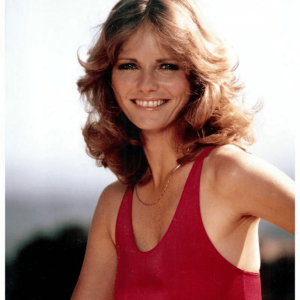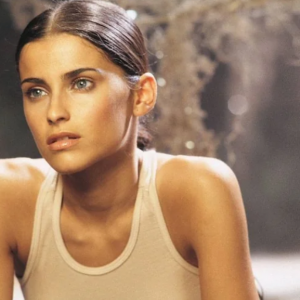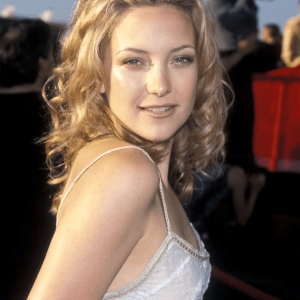In the golden age of American television, few shows made waves like Dallas. What began in 1978 as a simple five-part miniseries quickly snowballed into one of the most talked-about prime-time dramas of all time. Airing on CBS until 1991, Dallas delivered more than just weekly entertainment—it created a cultural moment that reshaped what television could be.
Set deep in the heart of Texas, the series introduced viewers to the Ewing family, a wealthy and influential oil dynasty whose battles over power, family loyalty, and revenge had viewers hooked for 14 seasons.

Meet the Ewings: Power, Wealth, and Family Feuds
At the center of the chaos stood the Ewings—flawed, fascinating, and undeniably compelling. They weren’t just characters. They were lightning rods for drama.
J.R. Ewing, played by Larry Hagman, became one of television’s most iconic villains. With a cowboy hat, a smirk, and a cutthroat business mind, J.R. was the guy audiences loved to hate. He manipulated everyone—friends, enemies, even his own family—to stay on top.
Then there was Bobby Ewing, J.R.’s younger brother and the moral heartbeat of the show. Where J.R. schemed, Bobby stood for integrity. His marriage to Pamela Barnes, daughter of the Ewing family’s arch-nemesis, symbolized hope and reconciliation—at least for a little while.
Their parents, Jock and Miss Ellie Ewing, grounded the show with wisdom and tradition. Miss Ellie, especially, became a fan favorite for her strength and grace amid the never-ending family drama
Video: Dallas TV Series | Cast Documentary
Television’s Original Cliffhanger Kings
No one did suspense like Dallas. This show turned season finales into events, sparking watercooler conversations that lasted all summer.
The biggest cliffhanger of them all? “Who shot J.R.?” That single question captivated millions and became a pop culture phenomenon. The reveal episode pulled in nearly 100 million viewers—a record that still stands as one of the most-watched episodes in TV history.
And just when fans thought the shocks were over, Dallas dropped another bomb: Bobby Ewing’s surprise return in the shower after an entire season away. Turns out, his death had been just a dream. Bold, controversial, and unforgettable, it reminded viewers that anything could happen in the world of Dallas.
A Soap Opera That Explored Real-World Themes

At its core, Dallas was about more than oil deals and corporate espionage. It tackled timeless themes—ambition, betrayal, family loyalty, legacy. The long-running feud between the Ewings and the Barneses wasn’t just about business. It was personal. Generations of bad blood added emotional depth to the high-stakes drama.
Whether you rooted for the cunning J.R. or the principled Bobby, you were invested in the human side of the story. That’s what made it work. You didn’t just watch Dallas—you felt it.
Global Reach, Local Impact
Video: Dallas (1978): 18 Things You Never Knew!
While Dallas was made in America, its appeal stretched far beyond U.S. borders. The show aired in more than 90 countries, gaining an international following that few other series could match. Viewers from Paris to Perth tuned in weekly to keep up with the Ewings.
It also revolutionized the prime-time drama format. Before Dallas, serialized storytelling was mostly a daytime soap thing. But this show proved that cliffhangers, ongoing plots, and complex character arcs could work just as well at night. Shows like Dynasty, The West Wing, and even Game of Thrones owe a creative debt to the trail Dallas blazed.
Spinoffs, Revivals, and the Long Shadow of Southfork

The success of Dallas led to the birth of Knots Landing, a spinoff focusing on Gary Ewing and his family. It ran for 14 seasons and carved out its own legacy in the soap opera universe.
In 2012, TNT revived Dallas with a fresh cast and some familiar faces. The new series followed the next generation of Ewings while keeping the original drama alive. Though the reboot only lasted three seasons, it reignited interest in the franchise and introduced the saga to a younger audience.
Why Dallas Still Matters
Decades after its final episode, Dallas continues to cast a long shadow. It proved that a television show could be equal parts entertaining and addictive. It gave us unforgettable characters, shocking twists, and stories that stuck with us long after the credits rolled.
More than that, it became a reflection of American ambition—where fortunes were built and broken, and family loyalty was constantly tested. Dallas didn’t shy away from big emotions, messy conflicts, or complicated characters. And because of that, it earned its place in TV history.
Conclusion: The Legacy of a Cultural Giant

Dallas wasn’t just a soap opera—it was a revolution in storytelling. It set the gold standard for serialized drama, created one of the most iconic characters of all time in J.R. Ewing, and proved that television could be both high-stakes and heart-driven.
Its themes of power, family, and betrayal are as relevant today as they were in the ’80s. And its impact is still felt in everything from modern dramas to streaming-era cliffhangers.
Whether you’re revisiting the show for nostalgia or discovering it for the first time, one thing’s clear: the world of Dallas is one you won’t soon forget. Because once you step into Southfork Ranch, you’re in for a wild, unforgettable ride.


